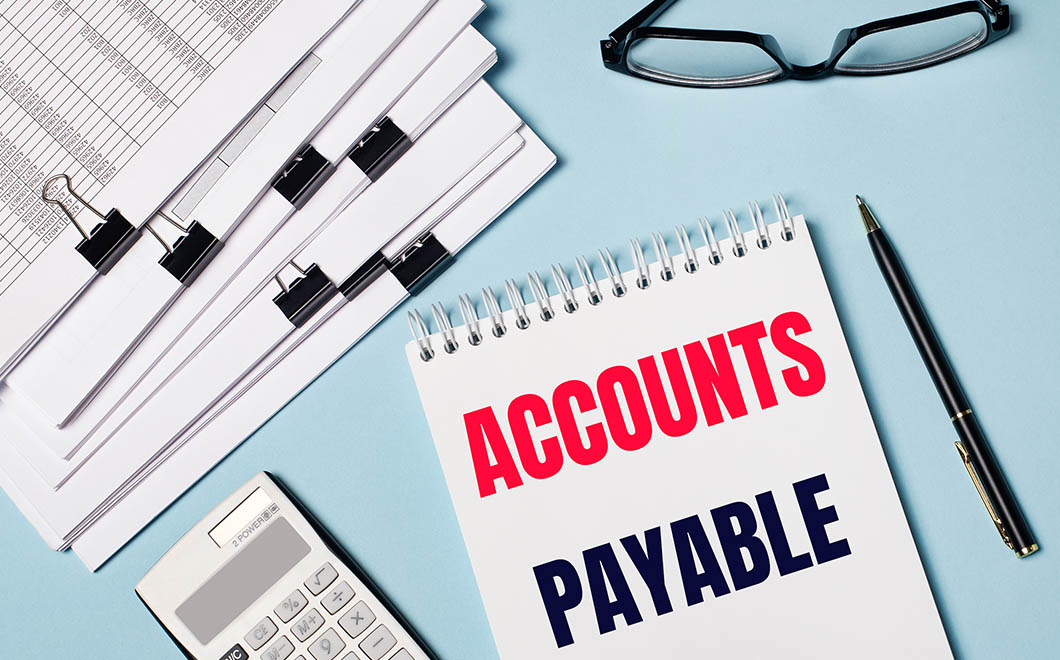Although accounting and bookkeeping is not every business owner’s favourite subject, it can be very helpful to know and understand some commonly used accounting terms.You will be able to converse with your accountant and bookkeeper like a pro and better understand your Financial Reports. Let’s take a closer look!
Cash on Hand
Cash on hand is the total amount of accessible cash. This typically includes investments that can be converted to cash within 90 days.

Cash Flow
Everyone likes to talk about cash flowing in! Cash flowing out – not so much. In a nutshell, cash flow is the amount of money flowing in and out of your business every month. When the cash coming is more than you need to cover expenses, then the company is in a positive cash flow position. A very desirable position indeed! Having excess cash on hand means that you can meet your monthly expenses such as payroll, rent, supplier invoices, and debt repayments.
Accounts Receivables
Accounts Receivables are invoices that you sent to your customers that have not been paid by month end or by year end. If your business is based on customers paying immediately after receiving a service or an item, then you will never have to worry about Receivables. Lucky you! For some businesses this is not feasible, and they need to send out invoices and collect the payment at a later date.

Accounts Payables
Accounts Payables are invoices that were sent to you and have not been paid yet. This is money that you are liable for and still owe. As a small business owner, you need to keep a close eye on your payables and manage them carefully.
Profit & Loss Statement
The Profit & Loss Statement – also known as the income statement – is an important tool to understand where your money comes from and where it goes. It is one of the most important monthly reports! This report details your income and lists your expenses. The contents of this report will depend on whether you are doing cash accounting or accrual accounting. The approach most used by businesses is accrual accounting which means this Profit & Loss Statement report will contain all invoiced income and occurred expenses which may or may not been paid yet. In contrast, if your business is doing cash accounting, the Profit & Loss Statement report will only contain income for products and services that you have already received payments for and expenses that you have paid.

Balance Sheet
A balance sheet shows your company’s financial position at a particular moment in time (e.g. month end, business year end, etc.). In other words, it shows what your company owns as well as what it owes. The balance sheet contains the following information:
- Bank balance
- Cash on Hand
- Investments
- Assets (i.e. company vehicles and equipment)
- Accounts Receivables
- Loans
- Credit Card Debt
- Accounts Payables
- Equity owed to the shareholder(s)
Formulas and Ratios
With your new-found knowledge of the above accounting terms and reports, we can now define some useful rations:
Gross Profit
Also known as Gross Margin, Gross Profit is the amount of money your business made after deducting the costs of goods sold from the Revenue. Expressed in a percentage, gross profit is calculated by dividing your subtotal after costs of good sold by your revenue.
Gross Profit (%) = subtotal after costs of good sold ÷ revenue
Net Margin
Your Net Margin is calculated by dividing your net income after all costs have been deducted by your revenue.
Net Margin = net income after all costs ÷ revenue
Current Ratio
The current ratio divides your current assets by your current liabilities. The resulting number should be higher than 1. Current assets are assets that can be converted into cash in a year or less. This would be your accounts receivables in addition to cash in bank and short-term investments. Current liabilities are debts that need to paid within a year (i.e. mainly your accounts payables). In a nutshell, the bills you have to pay should not exceed the cash coming in. A very common-sense ratio.
Current Ratio = current assets ÷ current liabilities
(NOTE: Your current ratio should be > 1)
It is important to us at Profitline Bookkeeping that our clients understand bookkeeping terminology such as the above to ensure they have at least a broad understanding of their business’ financial standing. As we head into business year end and through corporate tax season, let us help you understand where your business stands…financially!
Reach out to Profitline Bookkeeping for all your bookkeeping service needs!








